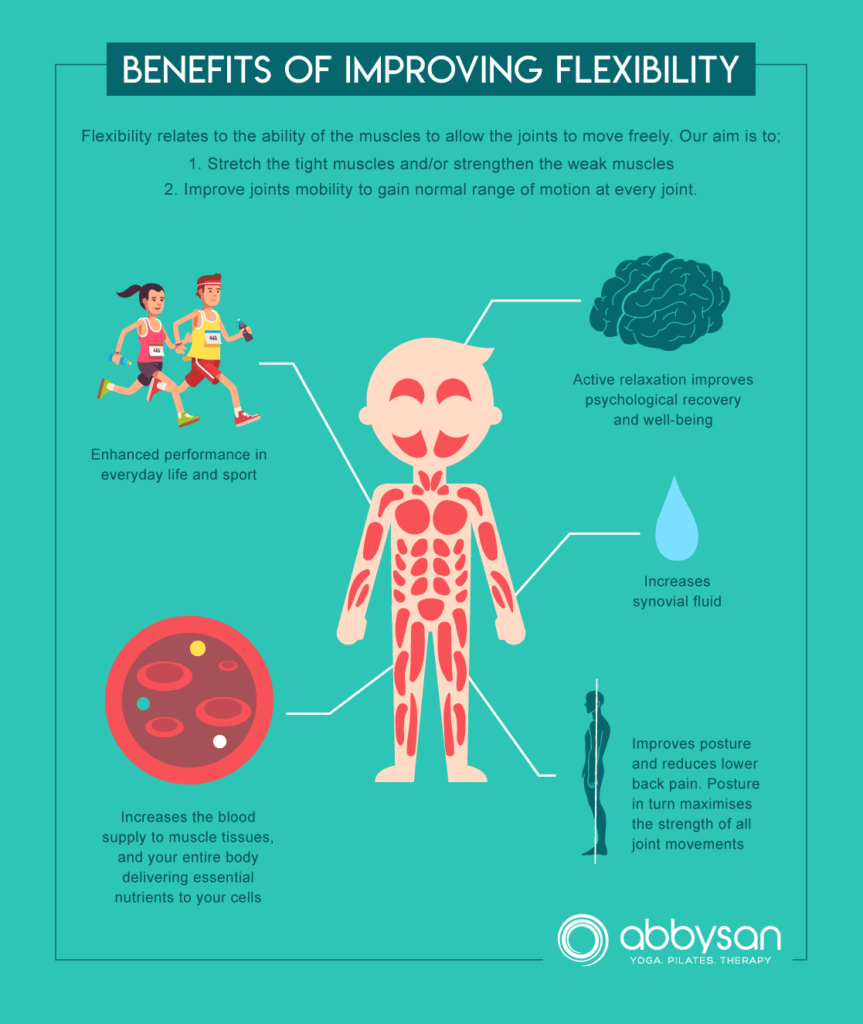The hamstrings are a group of muscles located at the back of the thigh that are responsible for flexing the knee and extending the hip. These muscles can become tight for a variety of reasons, including overuse, underuse, and muscle imbalances. Here are some evidence-based explanations for why the hamstrings may get tight:
EBE #1: Overuse
The hamstrings are often used repetitively in activities such as running, cycling, and sports like soccer and basketball. Overusing these muscles can lead to fatigue, inflammation, and muscle tightness. Athletes who engage in activities that involve a lot of running or jumping may be at risk for tight hamstrings due to the strain placed on these muscles. Injuries to the hamstrings, such as strains or tears, can also cause them to become tight as they heal.
EBE #2: Underuse
On the other hand, underusing the hamstrings can also lead to tightness. For example, when we spend long time sitting, the muscles in the back of the legs can become weak, shortened and tight. This is because sitting puts the hip in a flexed position, which can cause the hamstrings to become overworked and tense.
EBE #3: Muscle imbalances
An imbalance in muscle strength can cause tightness in the hamstrings. If the muscles in the front of the legs (quadriceps) are significantly stronger than the hamstrings, this can cause the hamstrings to become tight as they try to compensate for the imbalance. Similarly, if the hamstrings (that are overused) are not stretched regularly, they may become tight and inflexible.
EBE #4: Poor Posture
Poor posture, such as slouching or standing with a forward lean, can also lead to tight hamstrings. This is because poor posture puts increased strain on the muscles in the back of the body, including the hamstrings.
EBE #5: Age
As we age, our muscles naturally become tighter due to a decrease in flexibility. This can be compounded by a lack of regular stretching and physical activity.
Tight hamstrings are often blamed for lower back pain, but this is not always the case. In fact, lower back pain can be caused by a variety of factors, including poor posture, weak core muscles, and even psychological stress. Stretching the hamstrings can help alleviate muscle tightness, but it is not a one-size-fits-all solution for lower back pain.
In summary, there are several factors that can contribute to tight hamstrings, including overuse, underuse, muscle imbalances, poor posture, and age. To prevent or relieve tightness in the hamstrings, it is important to engage in regular stretching and strength training exercises, maintain good posture, and ensure that muscle use is evenly distributed.
If you are experiencing tight hamstrings and are unable to stretch them effectively, it may be a good idea to see a healthcare professional for further evaluation and treatment. In some cases, tight hamstrings may be a sign of an underlying medical condition, such as sciatica or a muscle imbalance, that requires treatment.








